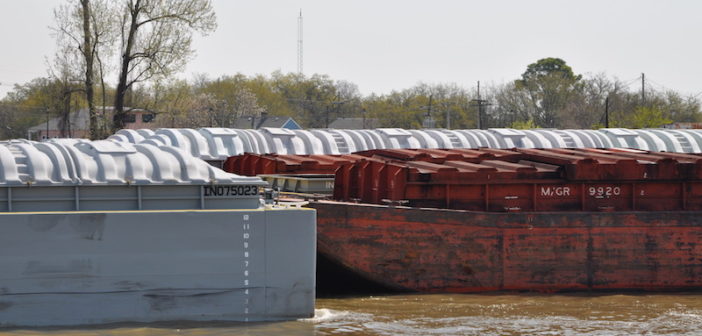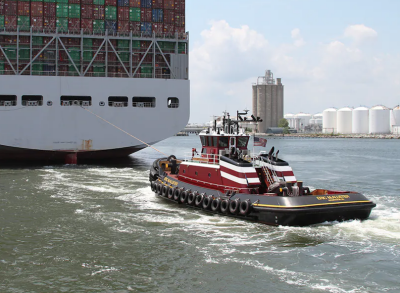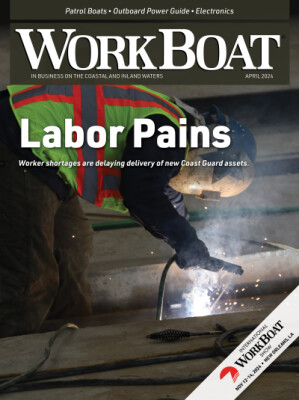For most of 2018, high water conditions have disrupted barge traffic on the Mississippi, Ohio, Illinois, and Arkansas rivers. High water and fast currents have caused barge companies to reduce the size of tows, increase horsepower requirements of towboats, and in certain areas, restrict barge traffic to daylight operations.
However, as of May 30, barge operators have reported that navigation conditions have improved on much of the inland waterways, according to the U.S. Department of Agriculture. Without future significant rainfall in the central U.S., barge operators expect barge operations to be near normal by early June. As of May 26, total down-bound grain barge movements (year-to-date) on the locking portions on the Mississippi, Ohio, and Arkansas rivers were 13.2 million tons, 17% lower than the same period last year and 9% lower than the three-year average.
For the week ending May 24, total inspections of grain (corn, wheat, and soybeans) for export from all major U.S. export regions reached 2.74 million metric tons (mmt), down 2% from the previous week, up 26% from last year, and 48% above the three-year average, according to DOA statistics. Total inspections of wheat and corn increased 23% and 10%, respectively, from the past week, however, the increase could not offset the 32% drop in soybean inspections.
Grain inspections were down 6% from the previous week in the Pacific Northwest (PNW), but up 14% in the Mississippi Gulf. Current outstanding (unshipped) export sales continued to fall for corn, wheat, and soybeans.





